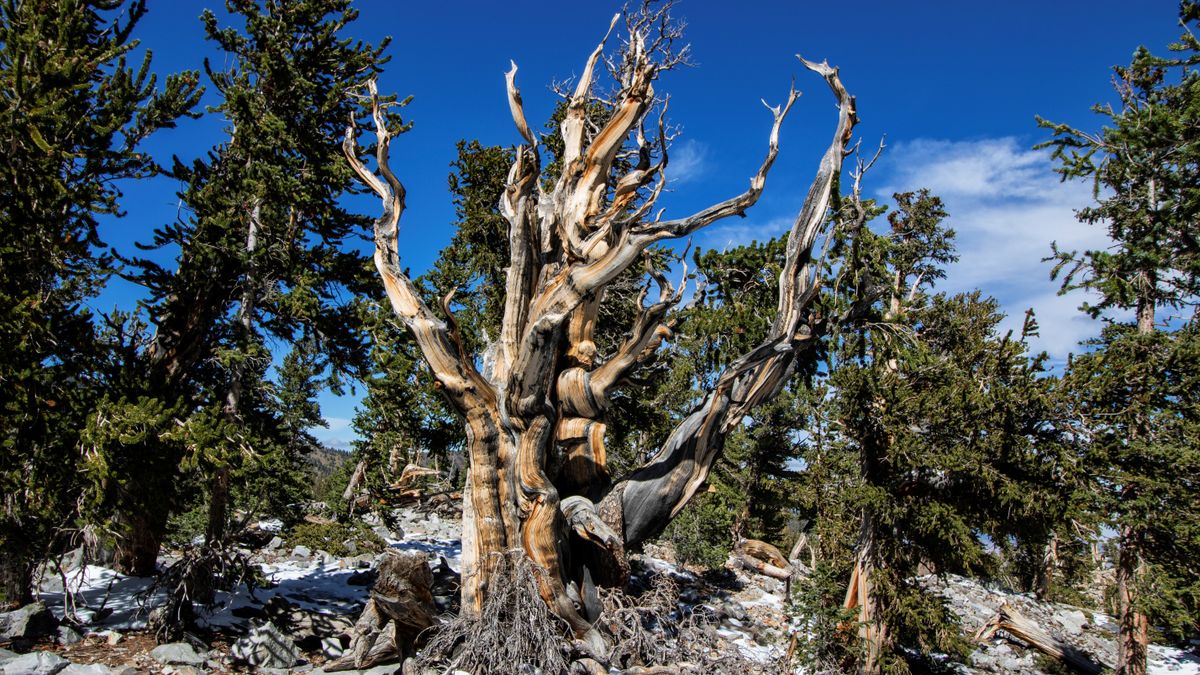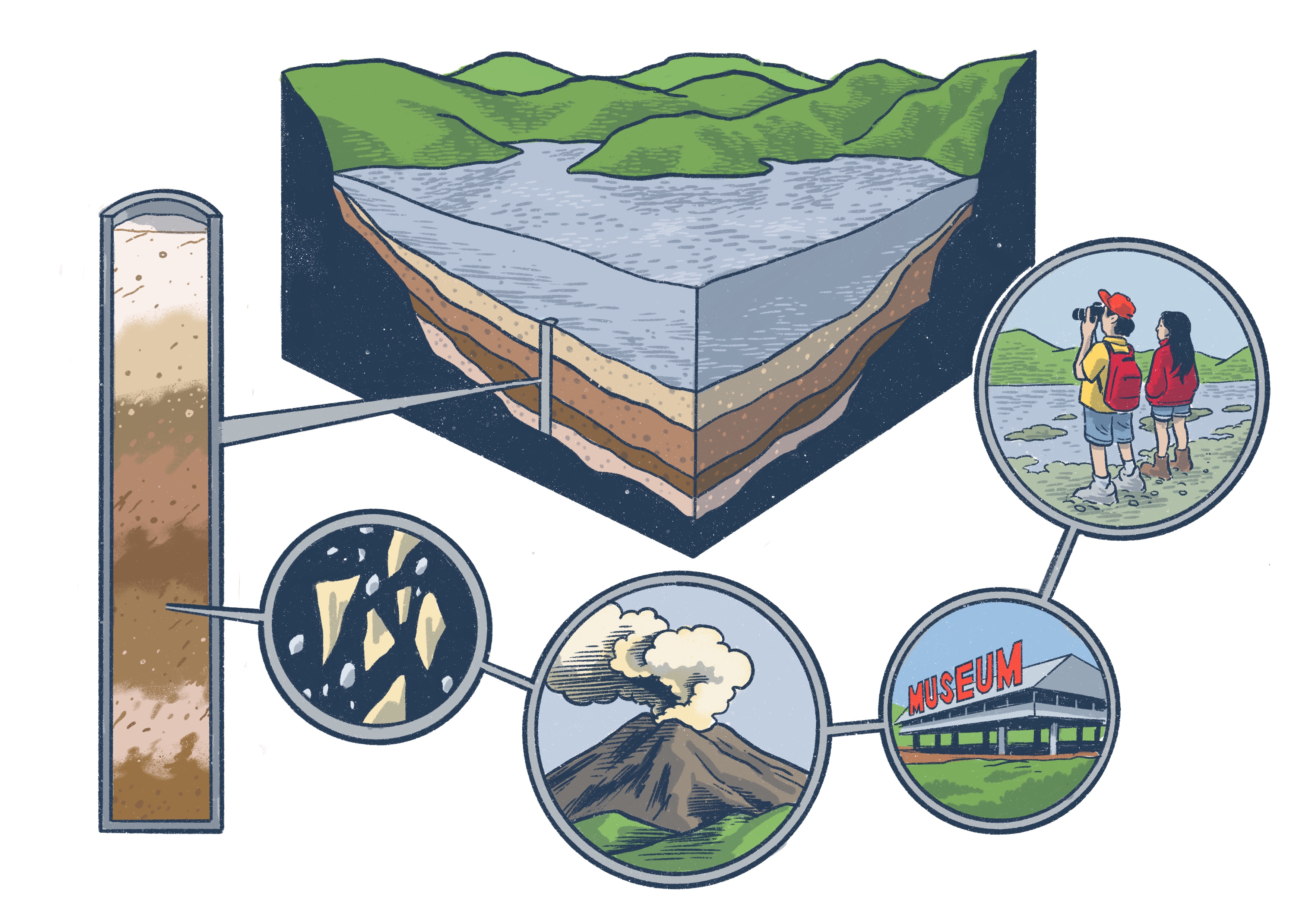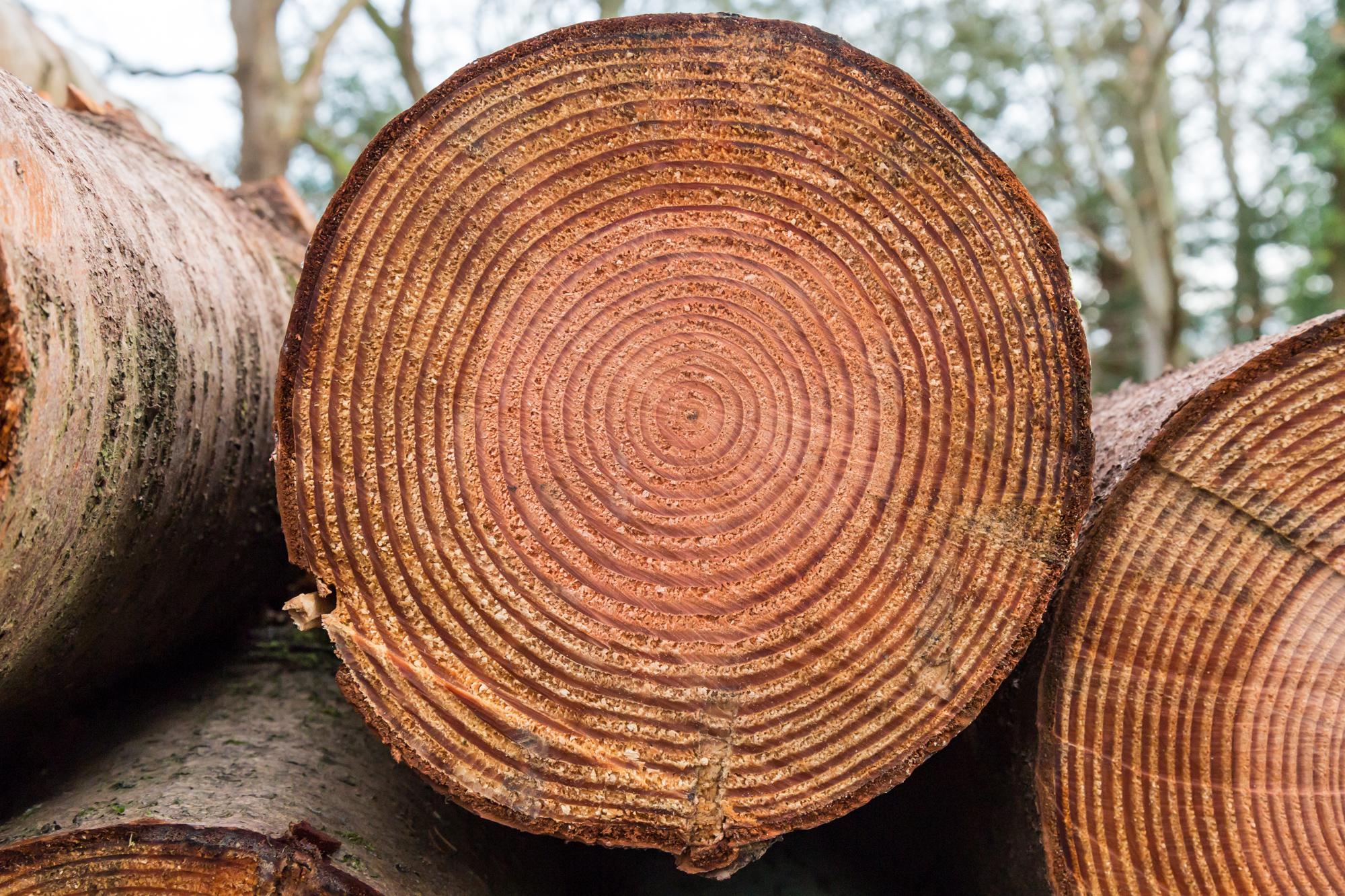ElishaElijah
Return
Your quote is false and shows you don’t understand the Bible, you say you studied it yet make ignorant comments like this one:
@shunyadragon your quote:
* Well, yes it easy to make up anything you want when you believe in ancient tribal religions, such as a literal belief in the Bible. You can believe a world flood, dragons a diverse selection of Gods, other supernatural creatures, or a universe less than 10,000 years old. Yes this is the belief of those that wrote and compiled the Pentateuch and believed by the authors of the NT of the whole meaning tof the text. This represents why ancient tribal world views are totally disconnected with the reality of the real universe we know through science and history today. Christians try to desperately deal with the contradictions with just plain denial, and many different interpretations to justify this conundrum, which is unresolvable.
@shunyadragon your quote:
* Well, yes it easy to make up anything you want when you believe in ancient tribal religions, such as a literal belief in the Bible. You can believe a world flood, dragons a diverse selection of Gods, other supernatural creatures, or a universe less than 10,000 years old. Yes this is the belief of those that wrote and compiled the Pentateuch and believed by the authors of the NT of the whole meaning tof the text. This represents why ancient tribal world views are totally disconnected with the reality of the real universe we know through science and history today. Christians try to desperately deal with the contradictions with just plain denial, and many different interpretations to justify this conundrum, which is unresolvable.




